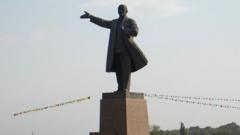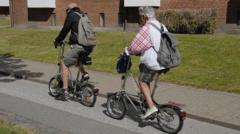Retracing the legacy of Nella Larsen, an important figure in the Harlem Renaissance, offers a glimpse into her early life in Copenhagen—a city rich in history and culture. Her novel "Quicksand," published in 1928, is partly inspired by her experiences as a mixed-race teenager navigating both her identity and the Danish capital.
Decades past, one notes the stark contrast between the awe Larsen's character Helga Crane drew from locals due to her appearance and today’s Copenhagen, where diverse populations have become a normalized facet of the city. The historic architecture and lively cycling culture remain unchanged, signifying continuity amidst transformation.
Although Larsen seldom chronicled her everyday life in Denmark, her semi-autobiographical reflections in "Quicksand" have been substantiated by biographical research. Notably, the existence of relatives living in Copenhagen parallels details found within the fictional journey of Helga Crane.
Having been born to a Danish immigrant mother and a father from the Danish West Indies, Larsen's upbringing in a predominantly white household in a segregated Chicago shaped her writing. Her return to the U.S. in 1912 engendered an environment ripe for the creation of "Quicksand," which received acclaim from contemporary figures such as W.E.B. DuBois.
Today, as Copenhagen embraces its diverse narrative, the echoes of Larsen's life and work persist, posing a lasting influence on the ongoing dialogue around race, identity, and belonging in literature and beyond.






















